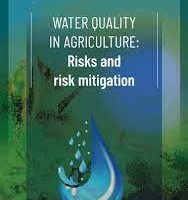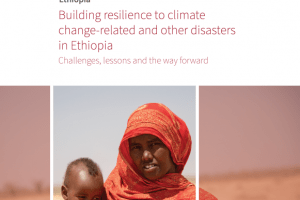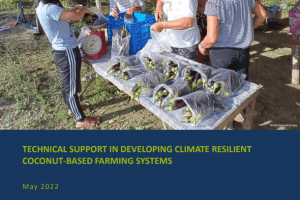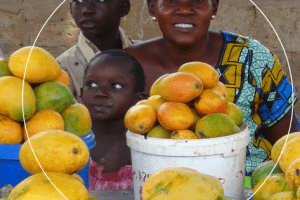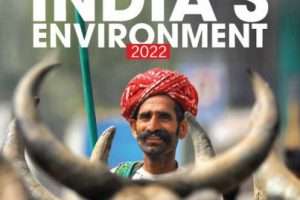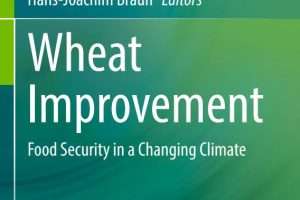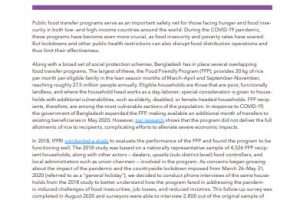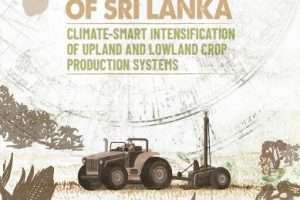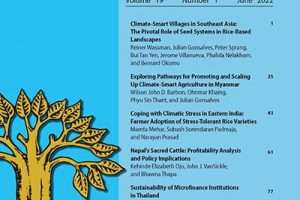This publication, Water Quality in Agriculture: Risks and Risk Mitigation, emphasizes technical solutions and good agricultural practices, including risk...
Climate change
Ethiopia is exposed to a wide range of disasters associated with the country’s extensive dependence on rainfed subsistence agriculture, climate change...
Coconut is one of the most important crops in the Philippines the coconut industry is among the top five net foreign exchange earners in the country However...
There is a need for detailed analyses of the interplay between nutrition security and climate change, and their impact on different target groups, especially...
The State of India’s Environment 2022 is the 9th annual edition in this series, and is the country’s most authoritative statement on the...
This open-access textbook provides a comprehensive, up-to-date guide for students and practitioners wishing to access the key disciplines and principles of...
Public food transfer programs serve as an important safety net for those facing hunger and food insecurity in both low- and high-income countries around the...
This guide explores the climate-smart intensification of upland and lowland crop production systems in the dry-zone of Sri Lanka and provides technical...
Cultivating stress-tolerant rice varieties (STRVs) is widely cited as a strategy of rice farmers to cope with climate-induced stresses. In India, dissemination...
Considerable progress has been made in establishing climate service capabilities over the last few decades, but the gap between the resulting services and...

